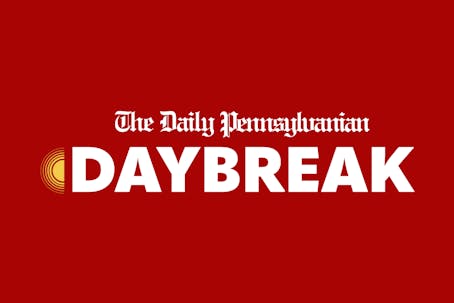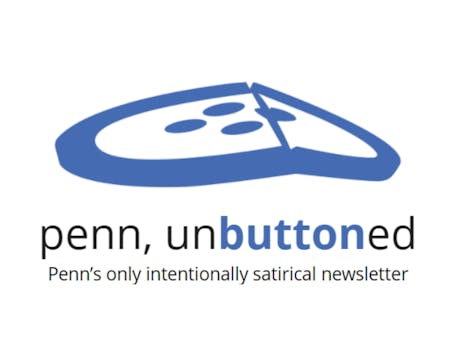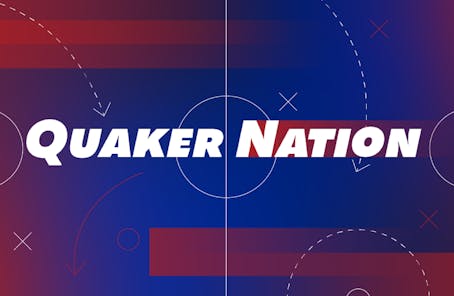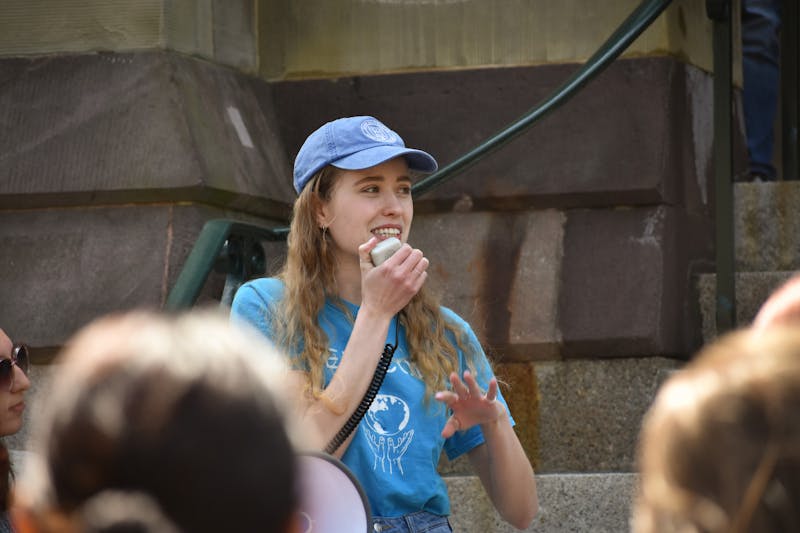In a textbook industry strained by persistent debates over rising prices, many students' cure for high costs may also be a cause.
The used book market is booming, but publishers say it is draining their profits and driving up prices.
Cash-strapped students, who spend about $900 on books each year, want lower bills while publishers want to maintain profit in a changing marketplace - a tug-of-war that represents one of many challenges in an industry that is frustrating all stakeholders.
The used textbook market intensified in response to book prices that nearly tripled between 1986 and 2004, rising at twice the rate of inflation, according to a 2005 Government Accountability Office report that sparked national debate on the industry's trajectory and practices.
College publishing operations have expanded since the 1960s because higher student enrollment created a wider market, said Albert Greco, a Fordham University Graduate School of Business professor who studies publishing.
The 1980s and 1990s saw aggressive competition among companies for market share that resulted in price-inflating tactics, such as increasing sales representatives and bundling supplemental materials like CD-ROMs and practice tests, said Eric Frank, whose Internet start-up Flat World Knowledge offers free, open textbooks.
Over the past few decades, "the cost of textbooks crossed the line of what textbooks actually are," Frank said.
The Internet offered an outlet for strained students, jumpstarting the used book market by providing easier ways for students to buy and sell books. It also enabled growing trends in illegally downloading copies of books and buying them overseas at fractions of the U.S. cost.
Greco said a growing share of total textbook spending - about one of every three dollars - goes to used books. They take in $2 billion a year at college bookstores, plus $300 to $500 million online and an incalculable amount through peer-to-peer exchanges.
The market continues to intensify because increased student participation puts more used books in circulation, Greco added.
More Penn students are selling their books back to Penn Bookstore thanks to a 2004 expansion of used book operations and increased awareness of its buy-back program, Business Services spokeswoman Barbara Lea-Kruger said.
Penn Book Center co-owner Mark Row said his store also found success when it entered the used book trade last year.
And BetterThanTheBookstore.com, a used book marketplace started by two Penn students in 2005, found such positive response that it is expanding to Drexel and Temple this fall, co-founder Heather Gorn said.
Greco said it is hard to quantify the used book market's growth without concrete figures, but he estimates it expands by $50 to $100 million each year - "at least as fast" as the new book market, which is growing by 3.5 percent per year and pushing $5 billion in net revenue for 2008.
Those numbers are a threat to publishers and authors, who do not profit when books are resold. They must generate return on investments from fewer copies sold, which raises costs for students, said Stephen Hochheiser, spokesman for Cengage Learning, a major publisher.
The result is a "vicious cycle" that makes textbook production less financially appealing while increasing burdens on students, said Richard Hull, executive director of the Text and Academic Authors Association.
The used book market does face challenges - supplies of used copies are often limited and difficult to find - but while stakeholders search for long-term solutions, it is many students' most feasible option.
And as Greco noted when he found the $170 marketing textbook he teaches with for $34.95 online, "The savings are staggering."
The Daily Pennsylvanian is an independent, student-run newspaper. Please consider making a donation to support the coverage that shapes the University. Your generosity ensures a future of strong journalism at Penn.
DonatePlease note All comments are eligible for publication in The Daily Pennsylvanian.







